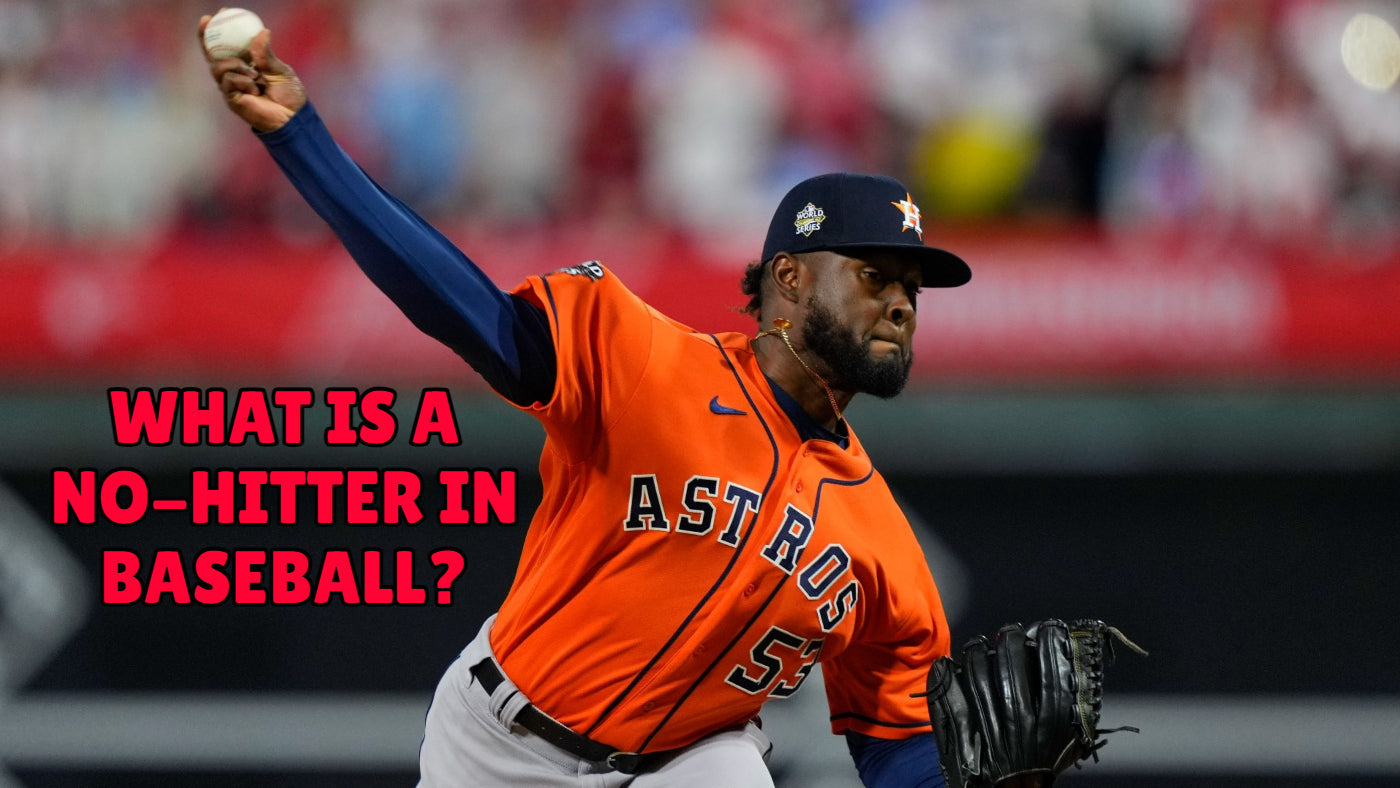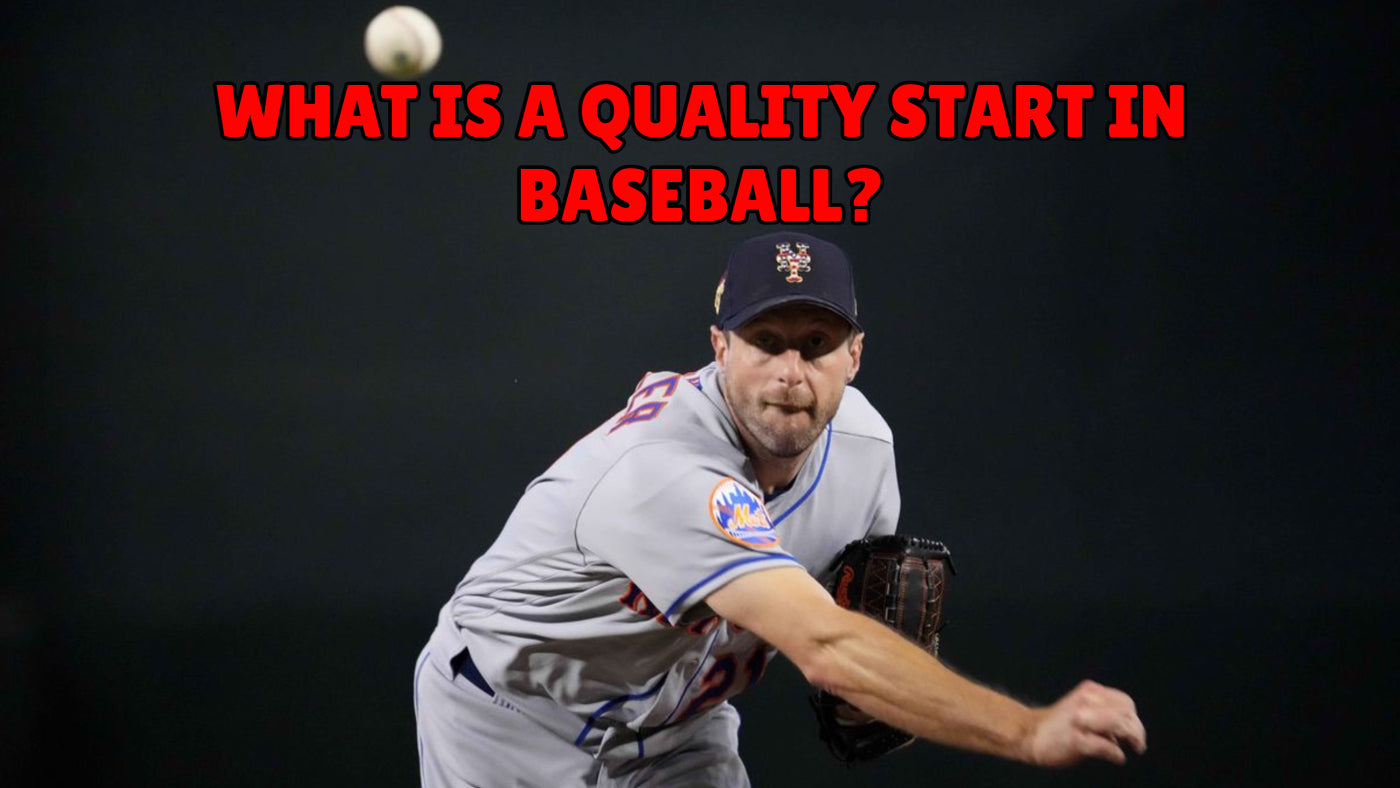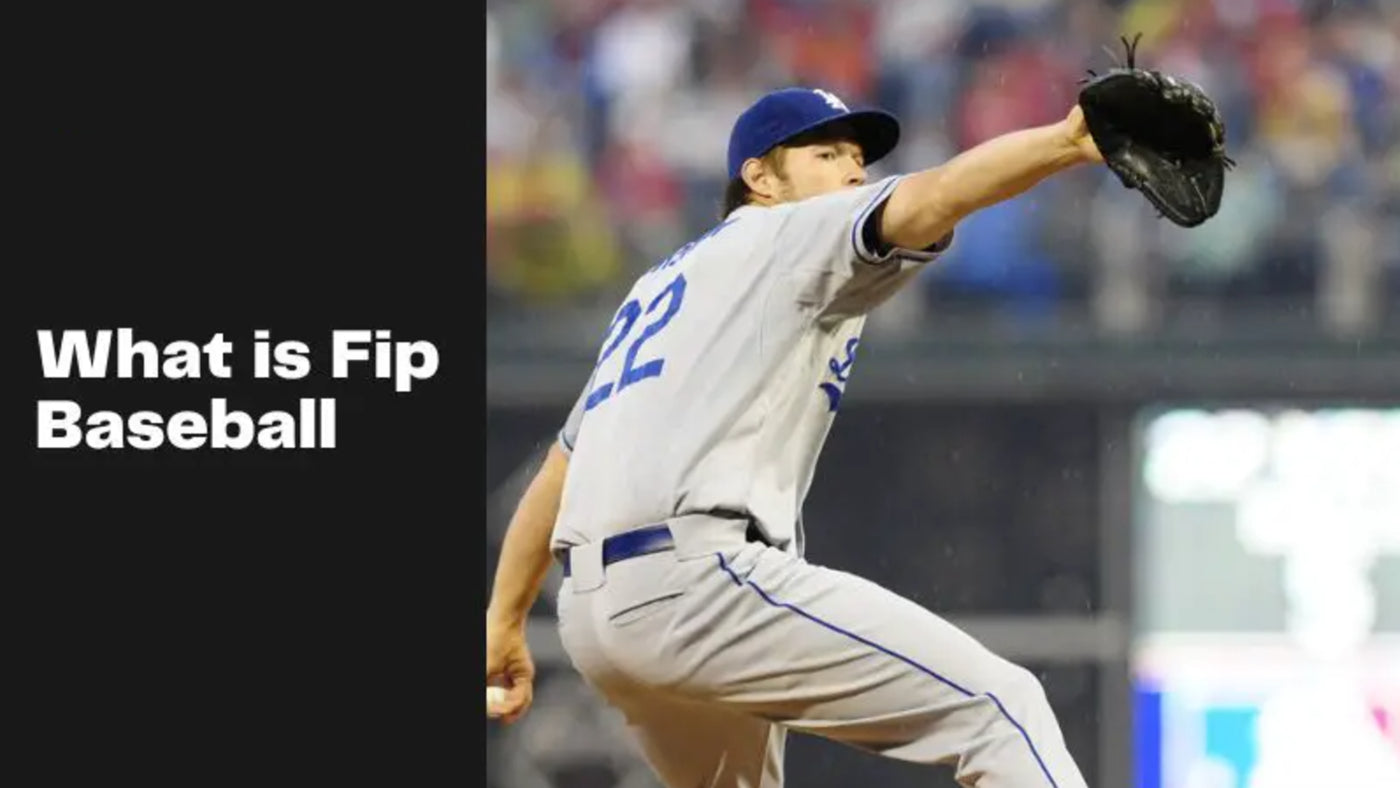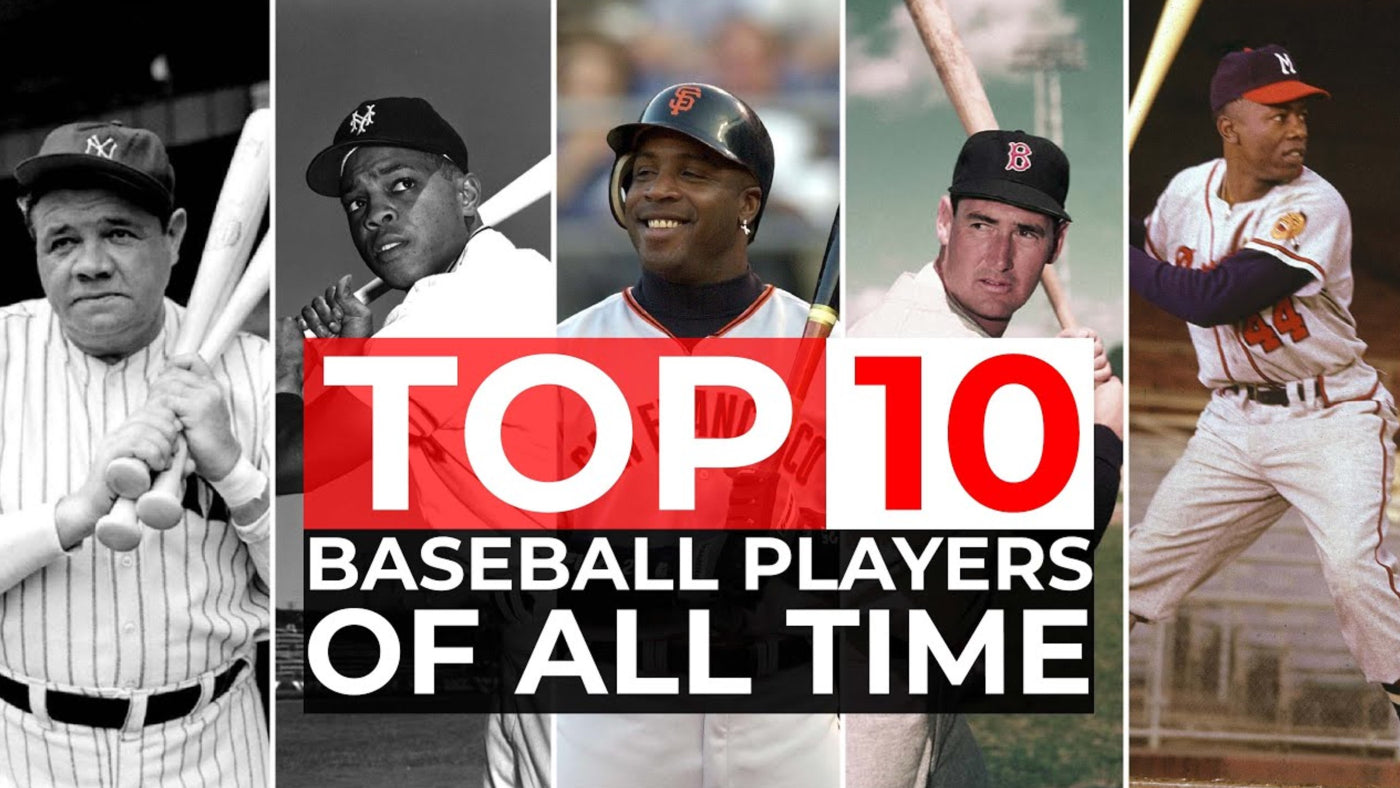Your Cart is Empty
- Mother's Day 🌷
- Gift for Family 🏠❤️
-
Pet
-
Memorial
-
Products
-
Home & Garden
-
Accessories
- Happy Customers ❤️
What Is a No-Hitter in Baseball: Explained
August 13, 2023 6 min read

In the realm of baseball, where every pitch, swing, and catch carries the weight of tradition and history, few accomplishments shine as brightly as a "no-hitter." This remarkable feat achieved by a pitcher or a collective effort of pitchers is a testament to skill, strategy, and the intense mental focus required to dominate on the mound. In this article, we delve into the captivating world of baseball's no-hitter, unraveling its significance, its criteria for recognition, strategies to achieve it, and the memorable moments that have etched their mark on the sport's tapestry.
Contents

1. Understanding the No-Hitter
A no-hitter in baseball encapsulates the pinnacle of pitching prowess. It occurs when the opposing team's batters are denied the privilege of landing a single hit during an entire game. To grasp the magnitude of this achievement, it's vital to comprehend key terms such as "hits," "complete game," "errors," and "innings." In essence, the pitcher or pitchers orchestrate a symphony of pitches, displaying a fusion of velocity, location, and deception while their defense rallies behind them to prevent any batter from safely reaching base via a hit.
For a no-hitter to be officially recognized, the following conditions must typically be met:
- No Hits: The opposing team's batters do not achieve a single base hit during the entire game.
- Complete Game: The no-hitter must be achieved in a complete game, meaning the same pitcher or a combination of pitchers finish the entire game without being replaced.
- No Errors: The team with the no-hitter should not commit any errors that would allow the opposing team to reach base.
- Nine Innings: The game should ideally last the standard nine innings, but in cases of doubleheaders or other circumstances, no-hitters achieved in fewer innings can also be recognized.
If any of these conditions are not met, the performance might be considered a "no-hit bid" or a "no-hit effort," but it would not be officially recognized as a no-hitter. No-hitters are considered rare and impressive feats in baseball due to the difficulty of preventing professional batters from achieving any hits over the course of a full game.
2. No-Hitters in Baseball History

A no-hitter in baseball is a remarkable and rare achievement that showcases the dominance of a pitcher and the defensive prowess of a team. It occurs when a pitcher successfully prevents the opposing team from recording any hits over the course of an entire game. This feat has been a part of baseball lore for over a century, captivating fans and etching the names of both legendary and lesser-known players into the annals of the sport's history.
The first documented no-hitter in Major League Baseball (MLB) history took place on July 19, 1875, when Boston Red Stockings pitcher George Hall held the Philadelphia Athletics hitless. However, it wasn't until the early 20th century that no-hitters became more frequent, owing in part to the evolving rules, equipment, and pitching strategies. In 1904, Cy Young pitched the first perfect game of the modern era, retiring all 27 batters he faced without allowing a single baserunner.
One of the most famous and enduring names associated with no-hitters is Nolan Ryan, often referred to as the "Ryan Express." Ryan's unparalleled fastball and longevity on the mound led him to a record seven no-hitters throughout his career, a feat that remains unsurpassed to this day. His 5,714 career strikeouts and 324 wins further solidified his place as one of baseball's all-time greats.
In recent years, the frequency of no-hitters has ebbed and flowed. Some seasons have witnessed a surge in no-hit performances, while others have seen comparatively fewer. Notable pitchers like Max Scherzer, Justin Verlander, and Clayton Kershaw have all etched their names in the history books with their no-hitter achievements. Additionally, women's baseball has also seen its share of no-hitters, with players like Eri Yoshida and Ila Borders breaking barriers and proving that excellence on the mound knows no gender bounds.
The rarity of no-hitters underscores the challenges involved in achieving this milestone. Pitchers must possess a combination of skill, strategy, and a touch of luck to navigate through a game without allowing a single hit. Moreover, the defensive teamwork required to support the pitcher's efforts cannot be understated. In many instances, jaw-dropping defensive plays have played a pivotal role in preserving a pitcher's bid for a no-hitter.
As baseball continues to evolve, the pursuit of no-hitters remains a captivating aspect of the game. Each new season brings the potential for history to be made, and the tension that builds as a pitcher approaches the final outs of a potential no-hitter is a testament to the enduring allure of this remarkable achievement. From the earliest days of the sport to the present era, no-hitters stand as a testament to the brilliance of individual pitchers and the magic that unfolds on the diamond.
3. Conditions for Recognition
A no-hitter is a rare gem that requires specific conditions to be officially recognized. The pitching team must ensure:
No Hits: The opposing team must be held without a single hit throughout the game's duration.
Complete Game: The no-hitter must be achieved within a single game, with the same pitcher or a combination of pitchers completing the entire game.
No Errors: The team with the no-hitter should avoid committing errors that could provide the opposing team with opportunities to reach base.
Nine Innings: While the standard game consists of nine innings, no-hitters achieved in fewer innings due to unique circumstances can also be acknowledged.
4. Strategies for Achieving a No-Hitter
A no-hitter requires a calculated blend of skill and strategy, demanding meticulous planning both on and off the field. The pitcher's role is paramount, involving a diverse arsenal of pitches, impeccable accuracy, and the ability to adapt to changing situations. Yet, the mental fortitude to maintain focus throughout the game is equally essential. As the pitcher battles nerves, fatigue, and the mounting pressure of an impending achievement, the defense plays an equally vital role, making split-second decisions to preserve the no-hitter.
5. Notable No-Hitters in Baseball History
From Addie Joss's perfect game in 1908 to Nolan Ryan's record-breaking no-hitters, baseball history is punctuated by unforgettable no-hit performances. Addie Joss's perfect game, achieved amidst adversity, stands as a testament to determination and perseverance. On the other hand, Nolan Ryan's seven no-hitters reflect unparalleled consistency and dominance. Modern examples, such as Roy Halladay's playoff no-hitter in 2010, showcase the continued allure of this remarkable achievement. These performances not only etched the names of these pitchers into the annals of baseball history but also elevated them to legendary status.
6. Comparing No-Hitters and Perfect Games
While both no-hitters and perfect games share the distinction of being rare and remarkable feats, they are not synonymous. A no-hitter entails denying the opposing team any hits, but it allows for baserunners through walks, hit-by-pitches, or errors. Conversely, a perfect game is the pinnacle of pitching perfection, demanding no batter to reach base by any means. As the ultimate manifestation of pitching excellence, a perfect game is a rare jewel even within the realm of no-hitters.
7. Impact on Fans and Baseball Culture
When a no-hitter is in progress, a palpable sense of anticipation permeates the stadium or the living rooms of fans worldwide. Every pitch becomes a moment of collective breath-holding, every defensive play a cause for celebration. No-hitters transcend box scores, sparking debates, memories, and the shared camaraderie among baseball enthusiasts. They become chapters in the larger narrative of a baseball season, embodying the essence of the sport's rich history and its unending pursuit of greatness.
7. Conclusion
In the world of baseball, a no-hitter is more than a statistical anomaly; it's a testament to human achievement, teamwork, and the pursuit of perfection. As pitchers take the mound, they carry with them the weight of history, the hopes of their team, and the admiration of fans worldwide. The journey toward a no-hitter is a combination of strategic brilliance, physical prowess, and mental fortitude that culminates in a moment of glory. Whether etched in the history books or etched in memory, no-hitters stand as shining examples of the artistry and mastery that define the sport of baseball.
Related products for Baseball Lovers:

Hazel Edison
Hazel Edison's mission as a content marketer and social media manager is to help businesses connect with their target audience through engaging and informative content. With a deep understanding of the power of digital media, Hazel is committed to helping the brand build its online presence and drive results.
Related articles in Baseball

What Is a Quality Start in Baseball? Understanding the Pitching Metric
August 27, 2023 7 min read
Read More


